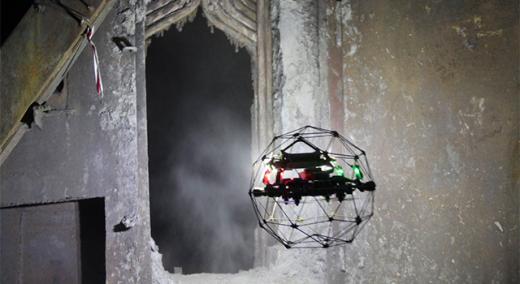I will be writing occasionally for my friends at the Collective, a group focused on autonomy, mobility, and the use of drones. I think this group has an excellent opportunity to create new solutions and influence new products. I’ve learned a lot this summer, especially about drones, because I bought one and started flying it, and my son interned with a drone company.
|
ADVERTISEMENT |
What we learned flying drones and viewing the imagery was the range of opportunities and solutions that could be created. From being able to hover in place in very tight windows—for instance, looking down at a roof-mounted HVAC, or flying along a pipeline and inspecting for damage—drones promise a significant opportunity in many industries.
In my family, we discovered a new use for drones when we found that a contract logger, who was supposed to cut timber on an old family farm, had logged land that was “out of bounds” and damaged a creek bed as well. Using a drone, we were able to record where the logger had illegally cut timber and share that with the Forestry Service. Eventually we used the video in a case against the logger.
…

Add new comment